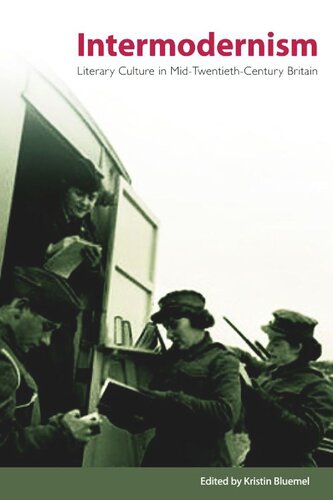

Most ebook files are in PDF format, so you can easily read them using various software such as Foxit Reader or directly on the Google Chrome browser.
Some ebook files are released by publishers in other formats such as .awz, .mobi, .epub, .fb2, etc. You may need to install specific software to read these formats on mobile/PC, such as Calibre.
Please read the tutorial at this link: https://ebookbell.com/faq
We offer FREE conversion to the popular formats you request; however, this may take some time. Therefore, right after payment, please email us, and we will try to provide the service as quickly as possible.
For some exceptional file formats or broken links (if any), please refrain from opening any disputes. Instead, email us first, and we will try to assist within a maximum of 6 hours.
EbookBell Team

4.7
36 reviewsGBS_insertPreviewButtonPopup('ISBN:9780748635092);
This collection of original critical essays challenges readers to accept a new term, new critical category, and new literary history for twentieth-century British literature. It takes as its primary subject the fascinating and typically neglected writing of the years of the Depression and World War II - the fiction, memoirs, criticism, and journalism of writers such as Elizabeth Bowen, Storm Jameson, William Empson, George Orwell, J. B. Priestley, Harold Heslop, T. H. White, Rebecca West, John Grierson, Margery Allingham, and Stella Gibbons. Divided into four sections: Work; Community; War; and Documents, the volume focuses on qualities that distinguish these writers' literary efforts from those of the modernists or postmodernists, elucidating the web of historical, institutional, and personal relationships that together define intermodernism.
Researching, analyzing, and theorising intermodernism, this book focuses on three kinds of intermodern features in texts that are typically ignored in accounts of modernism or The Auden Generation: cultural features (intermodernists typically represent working-class and working middle-class cultures); political features (intermodernists are politically radical, 'radically eccentric'); and literary features (intermodernists are committed to non-canonical, even 'middlebrow' or 'mass' genres). To encourage future scholarship on intermodernism, the volume concludes with an appendix, 'Who Were the Intermodernists?', and a bibliography of primary and secondary sources.